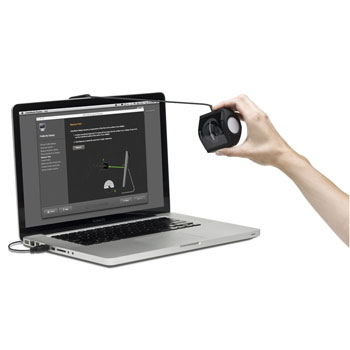

Click to highlight the ‘I would like my display luminance set to the following value’ option and set your required luminance (usually 100cd). In the first section select your desired white point, usually D65 for photographic use*.Ĩ. In the main application window click ‘Profile My Display’ select the ‘Advanced (Photo)’ in the User Mode.ħ.
USING COLORMUNKI DISPLAY FOR PHOTO EDITING MANUAL
Select the correct ‘Technology type’ for your screen (this can be found from the display’s instruction manual or manufacturer’s web site)Ħ. Un-tick the ‘Achieve display luminance value using video LUT’.Ī. Set the Gamma to 2.2 (this will then balance contrast with that of print).Ĭ. On a Mac click ColorMunki Display > Preferences, again from the top menu strip.Ī. On a Windows PC click File > Preferences from the top menu strip. Start the ColorMunki Display software and open the preferences. If the monitor has a colour temperature setting in the OSD set it to 6500K (D65).ģ. It is always a good idea to familiarise yourself with the settings available through the monitors on OSD, as it will be used whenever you profile the monitor.Ģ. The OSD can usually be accessed by pressing the menu buttons on the front of the monitor. Initially reset your monitor to factory defaults – There is usually a setting in the ‘on screen menu’ (OSD). The document below takes you through the settings and options to obtain the best possible profile for your monitor.ġ. We are often asked what are the best calibration settings for their displays. Q: What are the best settings for calibrating my monitor with a ColorMunki Display when I am editing my photographs? Ideal Settings for Manual Screen Calibration for Photography with a ColorMunki Display


 0 kommentar(er)
0 kommentar(er)
